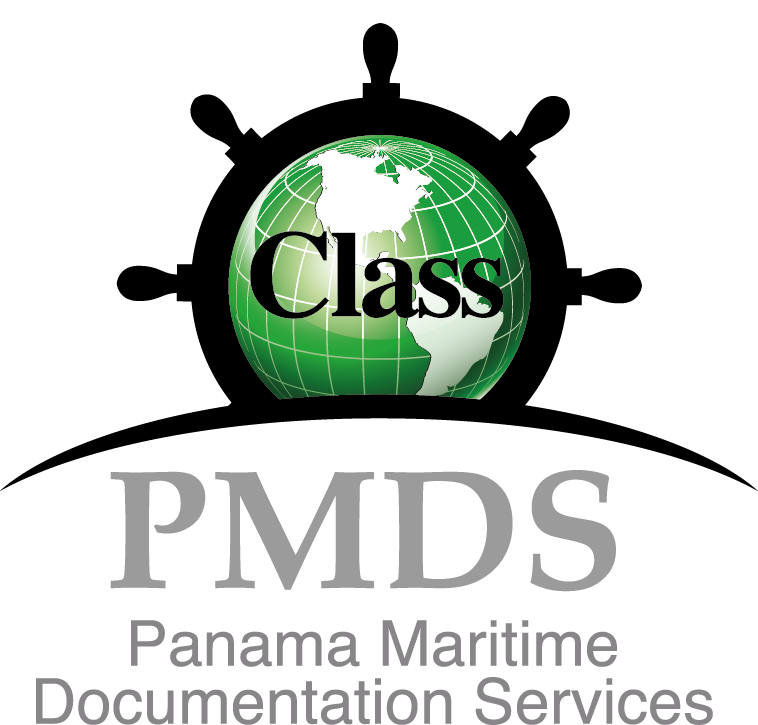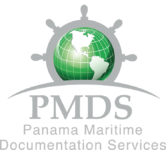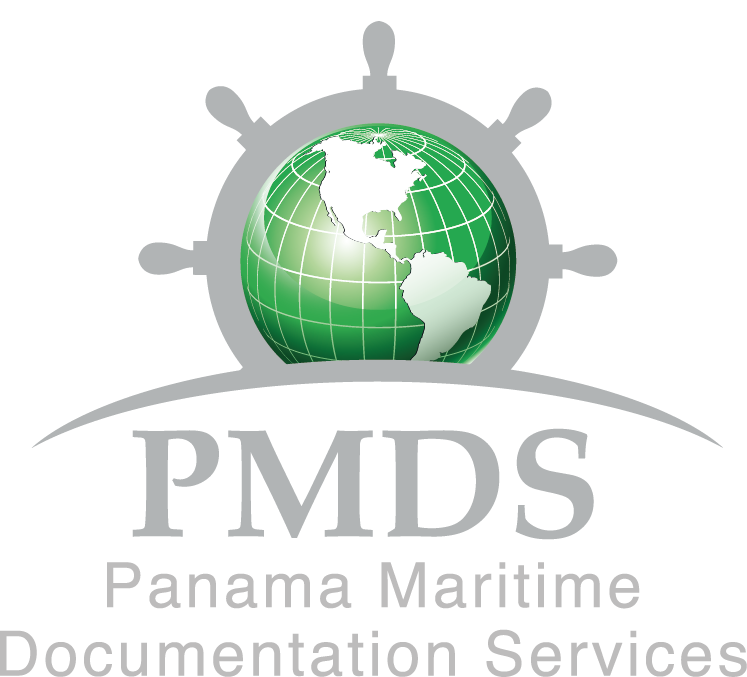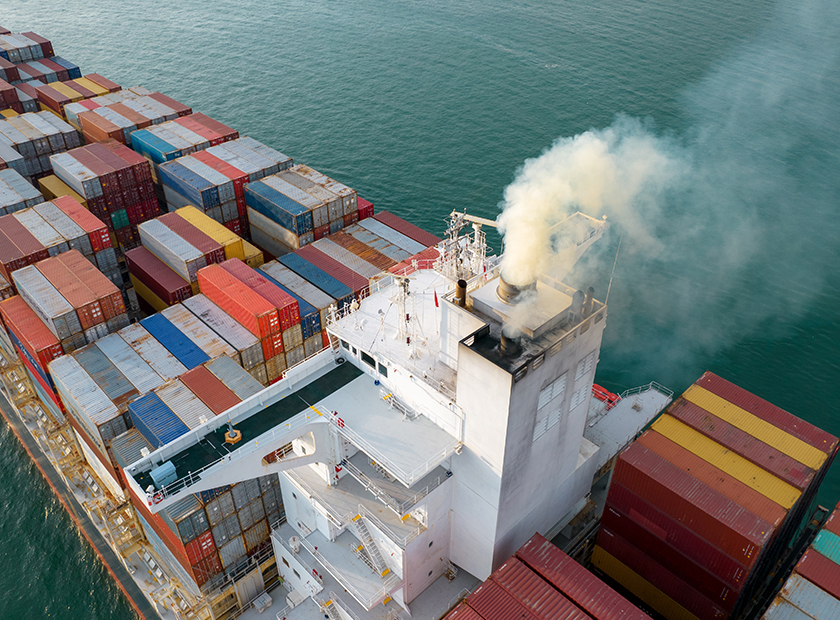
Monitoring the CII rating to stay compliant
From 1 January 2023, it is mandatory for all ships to collect emissions data for reporting their annual operational CII and CII rating.
The attained CII is a value reflecting the energy efficiency of a ship for a given calendar year based on the verified DCS data. Taking into consideration the type and the size of the ship and the relevant year the required CII is determined, the required CII gradually becomes stricter over time. The requirement is that the attained CII should not exceed the required CII.
Based on the attained and the required CII, a ship is awarded its annual carbon intensity rating. The rating spans from A to E, where A is the best and the required CII is the middle point of the C rating. The rating is noted on the Statement of Compliance (SoC) issued each year by the DCS verifier.
Every ship required to comply with the CII requirement shall have a plan on how to achieve the required CII for the next three years. This plan, known as the SEEMP Part III, includes measures to be implemented together with a timeline and responsibilities for the implementation.
For your SEEMP Part III plan to work and to ensure that you are on the right track, it is important to evaluate and monitor your vessels’ CII rating. Here are some steps you can follow to stay compliant:
- Review performance data by collecting data on key performance indicators, such as maintenance records, fuel consumption, voyage reports, and inspection reports. Use this information to identify trends and areas for improvement.
- Conduct regular assessments of your vessels’ operations and performance, including safety inspections, risk assessments, and operational audits. These assessments can help identify potential problems and provide an opportunity to address them before they escalate.
- Engage stakeholders including crew, management, and customers in the evaluation process. Encourage them to share their perspectives and experiences and use this feedback to identify areas for improvement.
- Use benchmarking tools to compare your vessel’s performance against industry standards and best practices. This can help you identify areas for improvement.
- Monitor progress regularly and track the results of your efforts to improve your vessel’s CII rating. This will help you determine the effect of selected actions and identify areas where additional efforts are needed.
- Continuously improve and assess your vessel’s operations, processes, and procedures. Regularly review and update your safety procedures and incorporate new technology and best practices as they become available.
For additional information contact us : corporate@panamamaritime.com

 (507) 6780-7942
(507) 6780-7942
